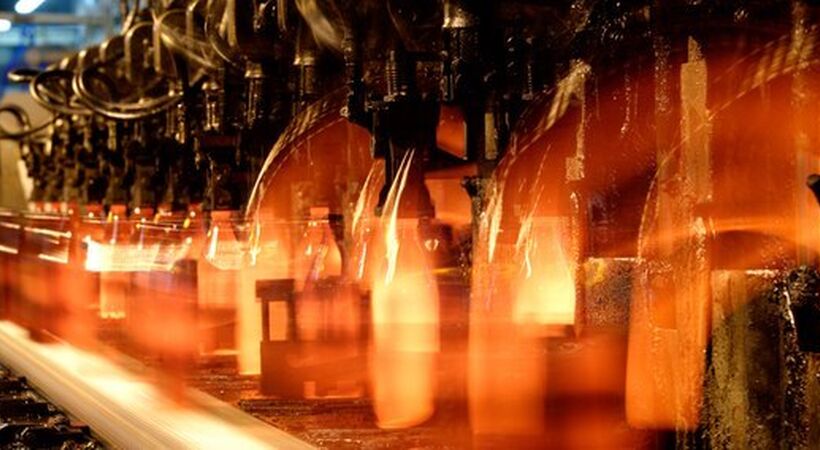Post Time:May 18,2022Classify:Industry NewsView:1128

A study focused on the use of hydrogen in glass manufacturing delivered ‘promising’ results
The German Glass Industry Association (BV Glas) and the Essen Gas and Heat Institute (GWI) recently completed their joint HyGlass project.
The aim was to investigate hydrogen in regenerative glass melting tanks in order to replace natural gas as an energy source in the long term.
Both hydrogen-natural gas mixtures and the use of pure hydrogen were examined.
In addition to the use of hydrogen in the glass melt, the GWI experts also looked at the aspects of logistics and procurement as well as the technical feasibility along the value chain.
The focus was to analyse the effects of hydrogen on both combustion and glass quality. The results are promising.
"Hydrogen is one of the great hopes in the transition from conventional to regenerative energy sources," said Dr. Johann Overath, General Manager of the German Glass Industry Association.
"BV Glas therefore dealt with the potential at an early stage as part of its decarbonisation strategy."
The experiments and simulations have shown that the use of hydrogen has a moderate overall effect on combustion as long as the air ratio and burner output can be kept constant by a control strategy.
Both furnace chamber temperature and heat transfer remain approximately constant.
One challenge is to keep the influence of hydrogen on the glass quality to a minimum.
"We have found that the use of hydrogen in the glass melt indirectly leads to changes in the glass quality, e.g. B. discoloration may occur.
“Interestingly, these discolorations are independent of the hydrogen content in the natural gas-H2 mixture and can therefore not be regulated by higher or lower admixture rates," said Dr.-Ing. Anne Giese, head of the Industrial and Combustion Technology department at the GWI.
However, an adjustment could be made by changing the composition of the glass mixture. Further, comprehensive investigations are required here to achieve the desired glass quality over the long term.
If the glass industry was to be able to switch to hydrogen in the long term, the availability of green electricity would also have to be increased.
Because the investigations have also shown that the available power generation capacities (wind and solar) within a radius of 20km around the respective glass sites in NRW are currently not sufficient to produce hydrogen, even if they were only available for the glass industry.
The HyGlass project was funded by the Ministry for Economic Affairs, Innovation, Digitization and Energy of the State of North Rhine-Westphalia via the "progres.nrw - Innovation" funding programme with the support of NRW.Energy4Climate and supported with great commitment by glass manufacturers in North Rhine-Westphalia.
Source: https://www.glass-international.com/Author: shangyi
PrevSpeakers announced for 2022 FGIA Virtual Summer Conference
Delegates hail successful Glassman trade show in MexicoNext